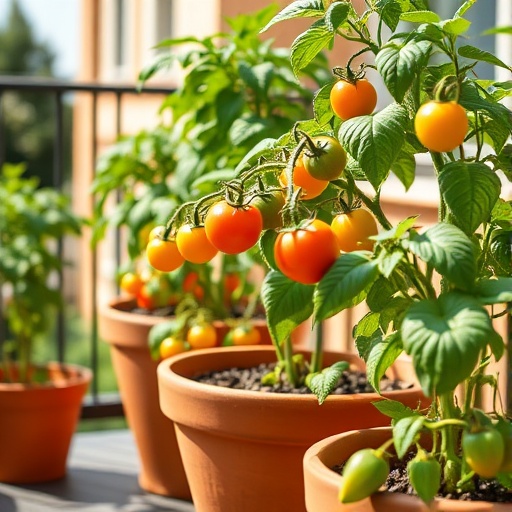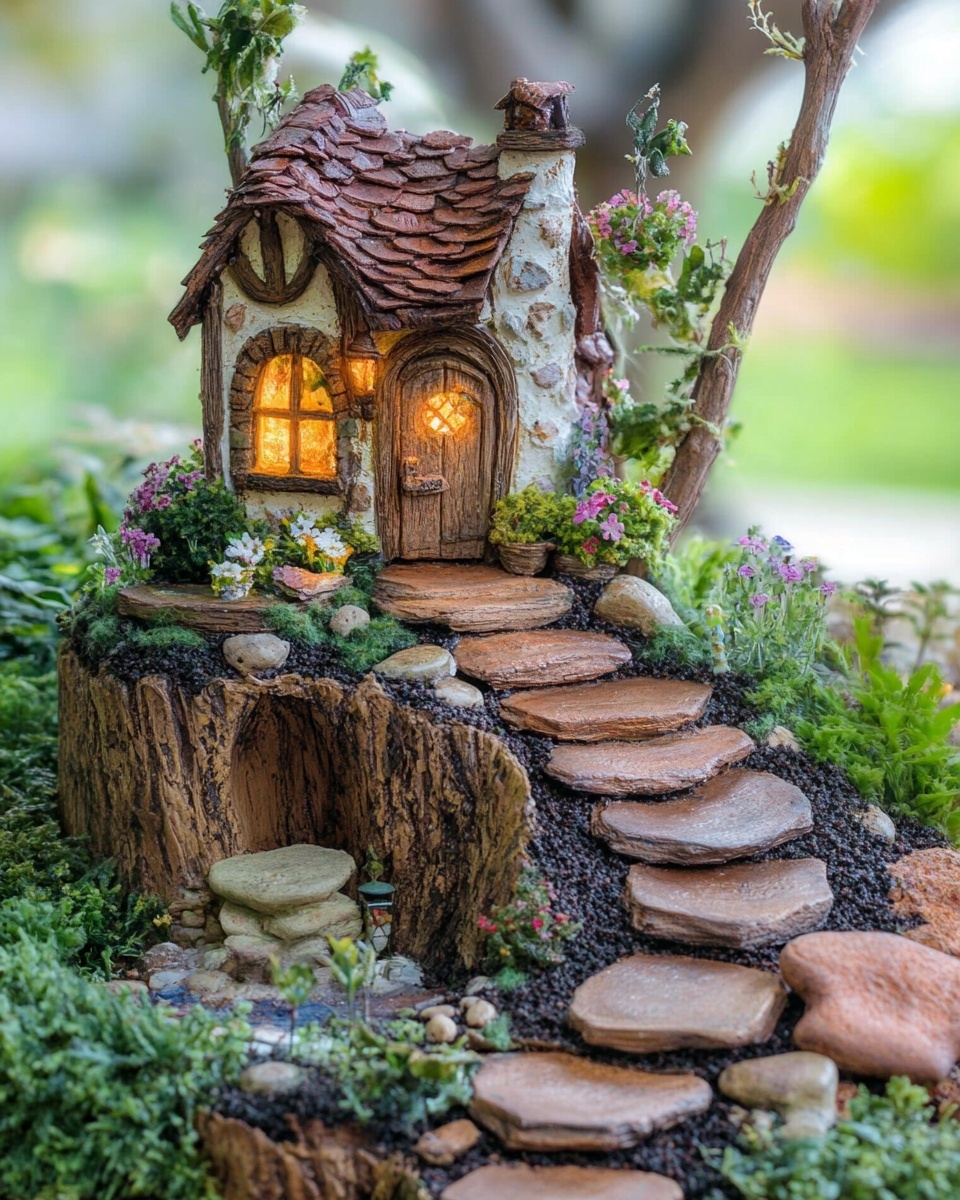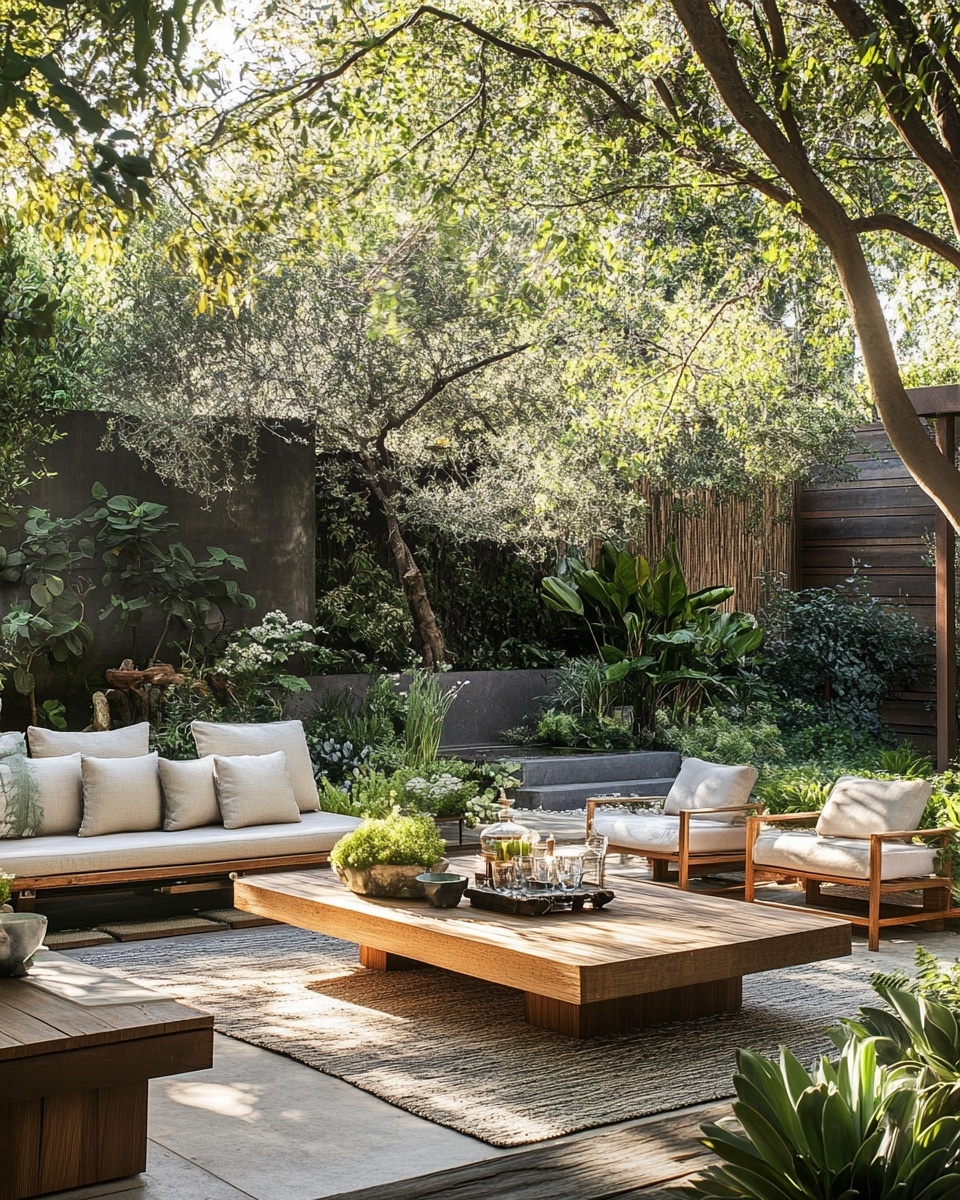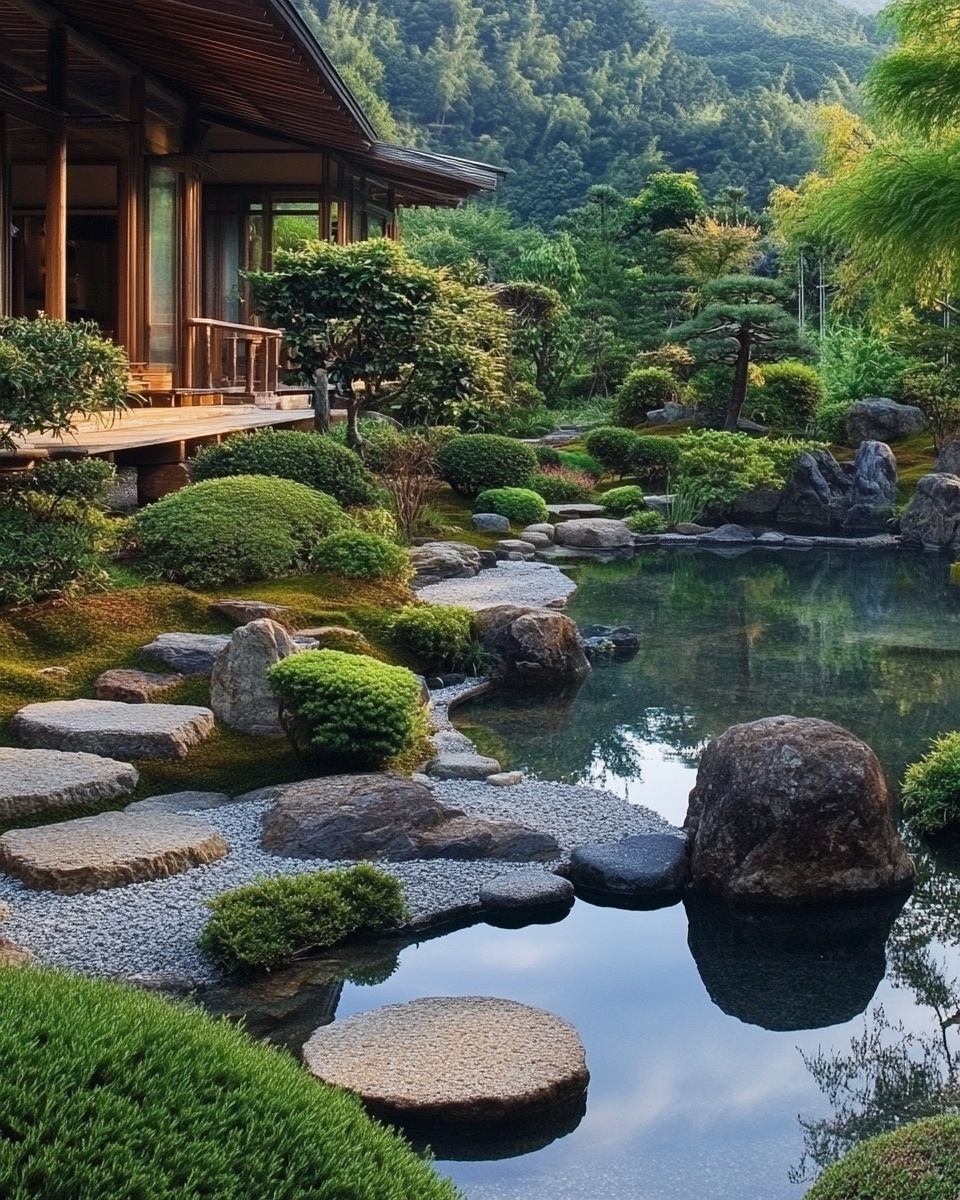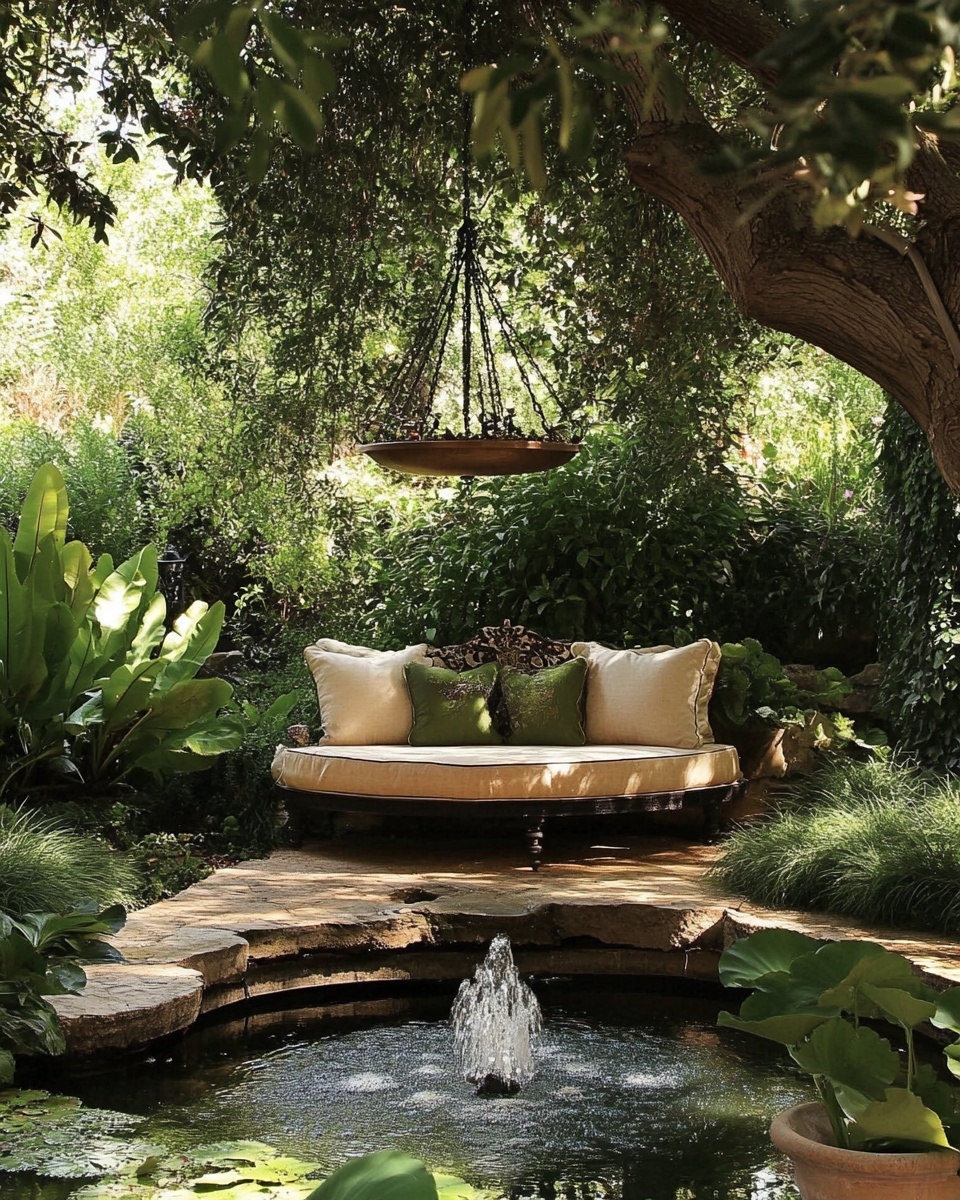Introduction
Ever wondered if you could cultivate lush, vibrant produce even without a sprawling backyard? Does the idea of fresh, homegrown goodness, available right outside your kitchen, seem too good to be true for urban dwellers or those with limited outdoor space? The truth is, mastering container gardening opens up a world of possibilities, transforming humble balconies, patios, or even sunny windowsills into productive edible havens. You don't need acres of land to enjoy the unparalleled flavor of a tomato ripened on the vine – all you need are a few pots, some good soil, and a sprinkle of know-how. Let's delve into how you can successfully grow your own bountiful harvest in containers, no matter how small your space.
Tools & Materials Needed
Embarking on your gardening journey in pots requires a few essential items, but don't worry, many are readily available and can be eco-friendly or budget-conscious.
- Pots/Containers: For robust growth, opt for containers at least 15-20 inches in diameter and depth. Terracotta pots offer excellent drainage and aeration, though they dry out faster. Plastic pots retain moisture better but can sometimes overheat roots in direct sun. Self-watering containers are an excellent, low-maintenance alternative. For budget-friendly options, consider repurposing old buckets (drill drainage holes!), grow bags made from recycled materials, or even half-wine barrels.
- Quality Potting Mix: This is crucial! Standard garden soil is too dense for containers and can compact, leading to poor drainage and root rot. Look for a lightweight potting mix specifically designed for containers, rich in organic matter. An eco-friendly choice would be organic potting mixes or making your own blend with compost, coco coir, and perlite.
- Tomato Seeds or Seedlings: Start with disease-resistant varieties suited for container gardening. "Determinate" (bush) varieties are generally better for pots as they grow to a determined size and produce fruit all at once. "Indeterminate" varieties grow continuously and may require more substantial support.
- Watering Can or Hose with a Gentle Sprayer: Consistent moisture is key.
- Gardening Trowel: For scooping soil and transplanting.
- Pruning Shears: Essential for maintenance and shaping.
- Stakes, Cages, or Trellises: Even bush varieties can benefit from support to prevent heavy fruit from breaking branches. Tomato cages are a popular choice for container gardening.
- Fertilizer: An all-purpose organic granular or liquid fertilizer, preferably formulated for vegetables, will provide essential nutrients.
- Optional: Garden gloves, soil moisture meter, organic pest control sprays (neem oil).
Time & Effort Overview
Starting a container gardening project, especially with tomatoes, is a rewarding endeavor that is largely beginner-friendly but does require consistent attention.
- Planting: 1-2 hours per container. This involves prepping the pot, filling with soil, and transplanting seedlings or sowing seeds.
- Initial Growth (First 4-6 weeks): Daily checks are recommended for watering. Weekly checks for pest presence and overall plant health.
- Maintenance (Fruiting Stage): Daily watering in hot weather, 2-3 times a week otherwise. Weekly pruning and fertilizing. Staking or caging needs to be done early and adjusted as the plant grows, taking about 15-30 minutes per plant weekly.
- Harvesting: Daily or every other day once fruits start ripening. This is the fun part!
Compared to typical herbs like basil or mint, which are quite self-sufficient, tomatoes in pots generally demand about 50% more attention, especially in terms of watering and support. The difficulty level for growing tomatoes in containers ranges from intermediate due to their need for consistent care, support, and nutrient management, but it's entirely approachable for enthusiastic beginners who are willing to learn.
Preparing Your Container and Soil
The foundation of successful container gardening lies in proper preparation. Start by ensuring your chosen pot has adequate drainage holes. If not, drill several 1/2-inch holes in the bottom. Place a layer of landscape fabric or a large coffee filter over the holes to prevent soil leakage while allowing water to pass through. Fill your container with the high-quality potting mix, leaving 1-2 inches from the rim to allow for watering.
Planting Your Tomato Seedling
Dig a hole in the center of the potting mix large enough to accommodate the seedling's root ball. Gently remove the seedling from its nursery pot, being careful not to disturb the roots too much. Tomatoes benefit from being planted deeply—you can bury part of the stem, as it will sprout new roots, creating a stronger plant. Water thoroughly immediately after planting. Don't worry if the seedling looks a little droopy right after transplanting; it's a temporary shock!
Providing Initial Support
Even small bush varieties of tomatoes can get top-heavy with fruit. Place a stake or tomato cage in the pot at the time of planting or very shortly after. This prevents damage to the root system later on. As the plant grows, gently tie the main stem to the stake or guide it through the cage openings. Here's how to fix a wobbly stake: ensure it's pushed firmly into the soil or anchored to the pot's rim.
Watering for Success
Consistent moisture is paramount for tomatoes in pots. Check the soil daily – stick your finger about an inch or two into the soil. If it feels dry, it's time to water. Water deeply until you see water draining from the bottom of the pot. Avoid overhead watering, which can encourage fungal diseases. Water at the base of the plant, preferably in the morning, to allow foliage to dry before nightfall. Overwatering causes root rot in 60% of houseplants and can be a significant issue for container-grown tomatoes too.
Fertilizing for Abundance
Tomatoes are heavy feeders. About 2-3 weeks after planting, begin a regular fertilization schedule. Use an organic liquid fertilizer, diluted to half strength, every 1-2 weeks, or a granular slow-release fertilizer according to package directions. Look for formulations with a balanced N-P-K ratio, potentially higher in phosphorus and potassium for flowering and fruiting.
Growth & Care Tips
Optimizing the growth and care of your container tomatoes ensures a bountiful harvest.
- Sunlight Exposure: Tomatoes crave sunlight! They need at least 6-8 hours of direct sun per day for optimal fruit production. Position your pots in the sunniest spot available, whether it's a south-facing balcony or a bright patio.
- Pruning: "Suckers" (small shoots that grow in the crotch between the main stem and a leaf branch) should generally be removed, especially for indeterminate varieties, as they divert energy from fruit production. Simply pinch them off when they are small. For determinate varieties suitable for container gardening, minimal pruning is needed, mostly to remove yellowing or diseased leaves.
- Pest Prevention: Regularly inspect your plants for signs of pests like aphids, tomato hornworms, or spider mites. Early detection is key. A strong spray of water can dislodge many pests. For persistent issues, organic solutions like neem oil spray or insecticidal soap are effective and safe. Companion planting with marigolds can also deter some pests.
- Pollination: While tomatoes are self-pollinating, a little help can increase fruit set. Gently shake the plant or tap the main stem when flowers are open to help release pollen, especially if you have little wind or insect activity.
Eco-Friendly & Sustainable Alternatives
Embrace sustainability in your container gardening journey.
- Composting: Start a small compost bin or worm farm to turn kitchen scraps into nutrient-rich soil amendments for your pots. This reduces waste and enriches your soil naturally.
- Rainwater Harvesting: Collect rainwater in a barrel to water your plants. It's free, pH-balanced, and chlorine-free, making it ideal for plants.
- DIY Fertilizers: Besides compost, consider using diluted fish emulsion, seaweed extract, or even brewed compost tea as natural nutrient boosts.
- Vertical Gardening: For very small spaces, explore vertical planters or stacking pots. While tomatoes typically need deeper soil, some smaller varieties might thrive in clever vertical setups. This extends your growing area without expanding your footprint.
Creative Ideas & Uses
Container gardening is also an opportunity for creative expression.
- Aesthetic Groupings: Arrange different sized pots with varying tomato varieties and companion plants (like basil, marigolds, or nasturtiums) to create an attractive display. The deep green of tomato foliage combined with colorful flowers or herbs adds visual interest.
- Repurposed Planters: Transform old wooden crates, vintage galvanized tubs, or even discarded tires into unique planters. Just ensure proper drainage.
- Edible Landscaping: Integrate your tomato pots into existing flower beds or patio decor. Imagine a vibrant red tomato against a backdrop of ornamental grasses or flowering shrubs. The visual appeal of fresh produce growing in decorative pots can transform your outdoor living space.
Common Mistakes to Avoid
Even experienced gardeners make errors. Being aware of these common pitfalls can save your container tomatoes.
- Underestimation of Pot Size: Using too small a pot restricts root growth, leading to stunted plants and poor yield. A minimum of 15-20 inches for mature tomato plants is generally recommended.
- Inconsistent Watering: Fluctuations in soil moisture (allowing pots to dry out completely then drenching them) can lead to blossom end rot (a dark, sunken spot on the bottom of the fruit) and cracking. Consistency is key.
- Lack of Support: Failing to stake or cage your plants early leads to sprawling, damaged branches and fruits rotting on the ground.
- Ignoring Nutrient Needs: Garden soil quickly depletes nutrients, and continuous growth in containers requires regular replenishment through fertilization.
- Overcrowding: Planting too many tomato plants in one container leads to competition for resources, reduced airflow, and increased disease risk. Stick to one plant per container of adequate size.
Maintenance & Storage Tips
Long-term success in container gardening requires ongoing care and preparation for future seasons.
- Seasonal Cleanup: At the end of the growing season, remove dead or diseased plant material from your pots to prevent the carryover of pests and diseases.
- Soil Rejuvenation: Potting mix should ideally be refreshed annually. You can amend existing soil with fresh compost and a slow-release fertilizer, or completely replace it, especially if you've had disease issues.
- Seed Saving (Optional): If you're growing open-pollinated (heirloom) varieties, you can save seeds for next year. Select seeds from the best-performing, disease-free fruits. Store them in a cool, dry, dark place in an airtight container for future use.
- Addressing Yellow Leaves: Yellow lower leaves often indicate a nitrogen deficiency or simply old age and can be pruned off. Yellowing between veins can suggest iron deficiency (common in alkaline soils), while overall pale yellow may point to overwatering. Poor soil drainage can also lead to yellow leaves and overall plant stress. Ensure your pot drains well and you're not overwatering.
Conclusion
Embracing container gardening for tomatoes isn't just about growing food; it's about cultivating a connection with nature, enjoying the freshest flavors, and maximizing your space, no matter how small. By following these data-driven tips – from choosing the right container and soil to consistent watering and diligent pest management – you’re well on your way to a prolific harvest. The satisfaction of plucking a ripe, sun-warmed tomato from your own pot is truly unmatched. So, what are you waiting for? Grab your trowel and get started! We’d love to see your progress – share your tomato triumphs in the comments below, or better yet, tag us on social media with photos of your thriving potted plants!
FAQ
Q1: What are the best tomato varieties for container gardening?
A1: "Determinate" (bush) varieties are generally best as they stay compact. Look for specific varieties like 'Patio Princess', 'Celebrity', 'Roma' (for paste), or 'Tiny Tim'. Cherry tomatoes like 'Sungold' also do exceptionally well in container gardening.
Q2: How often should I water my container tomatoes?
A2: In warm, sunny weather, you might need to water daily, sometimes even twice a day. Check the soil moisture by sticking your finger an inch or two deep; if it feels dry, water thoroughly until drainage occurs. Consistency prevents issues like blossom end rot.
Q3: My tomato leaves are turning yellow. What's wrong?
A3: Yellow leaves can indicate several issues. Lower leaves often yellow from nitrogen deficiency or simply being old. Overall yellowing can point to overwatering, poor drainage, or nutrient deficiencies like iron. Assess your watering schedule and ensure your potting mix drains well.
Q4: Do I need to fertilize tomatoes in pots?
A4: Yes, absolutely! Potting mix has limited nutrients, and tomatoes are heavy feeders. Start fertilizing 2-3 weeks after planting with a balanced organic liquid or slow-release granular fertilizer, following package directions, typically every 1-2 weeks.
Q5: What size pot is ideal for a single tomato plant?
A5: For most tomato varieties, a container that is at least 15-20 inches in diameter and depth is recommended. This provides ample space for root growth and helps maintain consistent moisture levels. Using smaller pots can stunt growth and reduce yields in container gardening.
Q6: How can I prevent blossom end rot in my potted tomatoes?
A6: Blossom end rot, characterized by a dark, sunken spot on the bottom of the fruit, is primarily caused by inconsistent watering and calcium uptake issues. Ensure consistent soil moisture (never let pots dry out completely), and consider a calcium-rich fertilizer if the problem persists, although consistent watering is usually the fix.
You may also enjoy reading about how to create delicious and healthy meals from your harvest. For more visual inspiration on transforming your gardening space, you might find valuable ideas on Pinterest at https://www.pinterest.com/janatjanay47/. Explore our other guides on [maximizing small spaces for edible gardens] and [understanding organic pest control methods].
